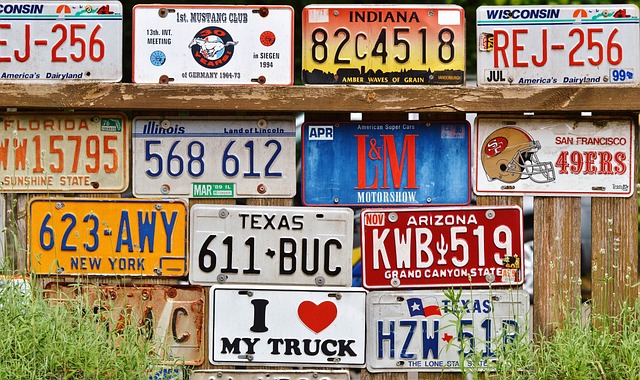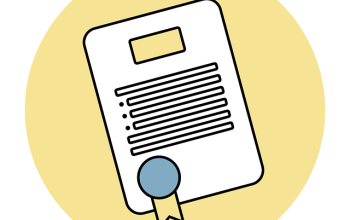Misplacing or damaging your vehicle’s license plate can be a hassle, but understanding the replacement process simplifies the task. First, report the lost or stolen plate to your local Department of Motor Vehicles (DMV) to prevent misuse. Then, complete required forms and pay fees, with some states needing a police report for stolen plates. Once processed, the DMV will issue new plates. Timely action is crucial to avoid fines or legal issues. This guide covers reporting, paperwork, fees, installation, and preventing future problems. Learn how to efficiently replace a lost license plate and stay compliant on the road.
- Reporting a Lost or Stolen License Plate to DMV
- Completing the Necessary Paperwork
- Paying License Plate Replacement Fees
- Receiving and Installing New License Plates
- Preventing Future Issues with Timely Action
Reporting a Lost or Stolen License Plate to DMV
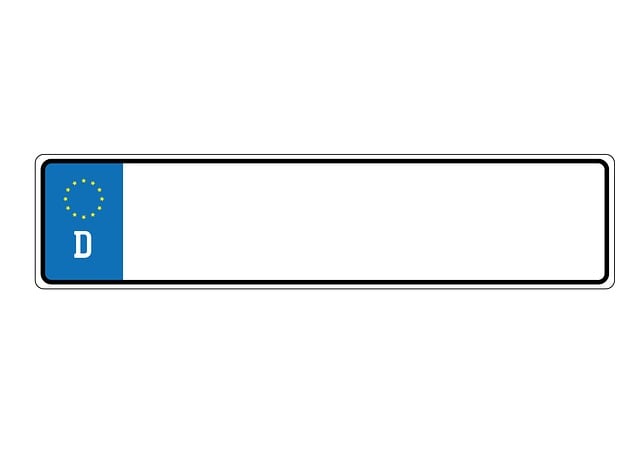
If you’ve misplaced or had your vehicle’s license plate stolen, reporting it to your local Department of Motor Vehicles (DMV) is a crucial first step. This action prevents unauthorized use of your plate and ensures that you receive proper assistance in replacing it. The DMV can guide you through the specific procedures for your state, which may include providing details about the loss or theft and potentially requiring a police report if your plates were stolen.
Reporting the lost or stolen license plate allows the DMV to update their records, preventing any legal issues that could arise from continued use of an outdated or missing plate. It’s a straightforward process aimed at keeping both vehicle owners and law enforcement informed, ensuring everyone drives legally compliant and safely on the road.
Completing the Necessary Paperwork

Completing the necessary paperwork is a straightforward process when replacing a lost or damaged license plate. The first step involves contacting your local Department of Motor Vehicles (DMV) to report the missing plate. This step is crucial as it helps prevent fraud and ensures that no one else uses your plates while you’re awaiting a replacement. During this call, you’ll receive guidance on the specific forms required for your state.
Once you have the necessary documents, fill them out accurately and completely. This typically includes an application form to request new license plates. Be prepared to provide details such as your vehicle’s make, model, and year, along with your personal information. Additionally, you’ll need to pay any associated fees for plate replacement, which can vary by state and the reason for replacement (lost or stolen). Keep all receipts for your records.
Paying License Plate Replacement Fees
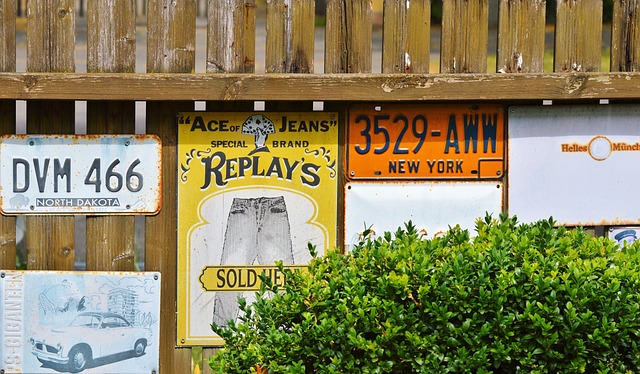
Paying for license plate replacement fees is typically a straightforward process and varies by state. Most states charge an administrative fee to process the request, in addition to the cost of issuing new plates. These fees can range from around $20 to $100, depending on your location and the reason for replacement (lost or damaged). Some jurisdictions may also require you to cover the cost of the physical plate itself, which usually amounts to a small additional charge.
When ordering new license plates, be prepared to provide accurate information about your vehicle’s make, model, and year, as well as your personal details. The DMV will use this information to ensure the correct plates are issued, matching your vehicle’s specifications. Keep in mind that certain states might offer online replacement services for added convenience, while others may require a visit to the local DMV office to complete the transaction.
Receiving and Installing New License Plates

After your local Department of Motor Vehicles (DMV) processes your request for a replacement license plate, they will mail or hand-deliver the new plates to you. Upon receiving them, carefully inspect to ensure they are correct and in good condition. If everything matches up, it’s time to install the new plates on your vehicle. This process is relatively straightforward and typically involves removing the old plates (if they’re damaged) and securing the new ones in their designated spots. Refer to your vehicle’s owner manual or consult a professional if you encounter any difficulties during installation.
Remember, timely installation of new license plates is essential to comply with local regulations and avoid potential fines. Once installed, ensure the plates are securely fastened and legible, making them clearly visible for law enforcement and other drivers. With these simple steps, you’ll have your vehicle back in compliance after a lost or stolen license plate, leaving no room for misuse or legal issues down the road.
Preventing Future Issues with Timely Action
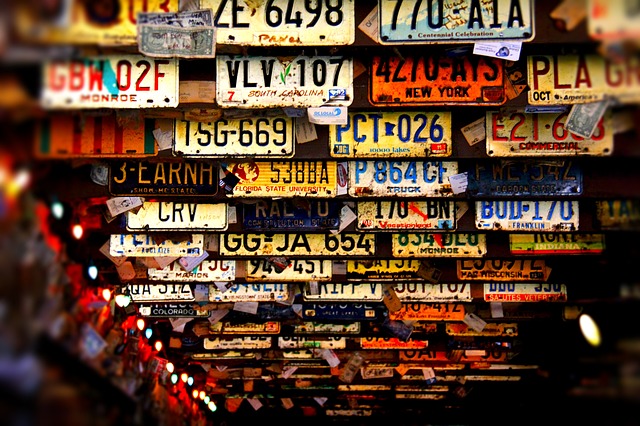
Taking swift action when dealing with a lost or damaged license plate is crucial to prevent future issues and ensure your vehicle remains legally compliant. The first step is to report the loss or theft to your local Department of Motor Vehicles (DMV) as soon as possible. This immediate notification helps protect you from potential misuse of your registration, such as fraud or identity theft. By reporting the missing plate, you also provide the DMV with essential information for their records and to facilitate the replacement process.
Following this initial report, completing the required paperwork and paying any associated fees is a straightforward yet important step in the lost license plate replacement process. Some jurisdictions may even require a police report for stolen plates as an additional layer of security. Once processed, you’ll receive new plates, ensuring your vehicle can continue to operate legally on public roads without any fines or legal complications stemming from the missing or damaged plate.
Misplacing or damaging your vehicle’s license plate is a common occurrence, but with a straightforward process, you can quickly replace it. By reporting the issue to your local DMV, completing the required paperwork, and paying any associated fees, you’ll have new plates in hand, ensuring your vehicle remains road-ready and legally compliant. Acting promptly is key to avoiding fines and potential legal complications, so don’t delay—dive into the process today and get back on the road with peace of mind.
